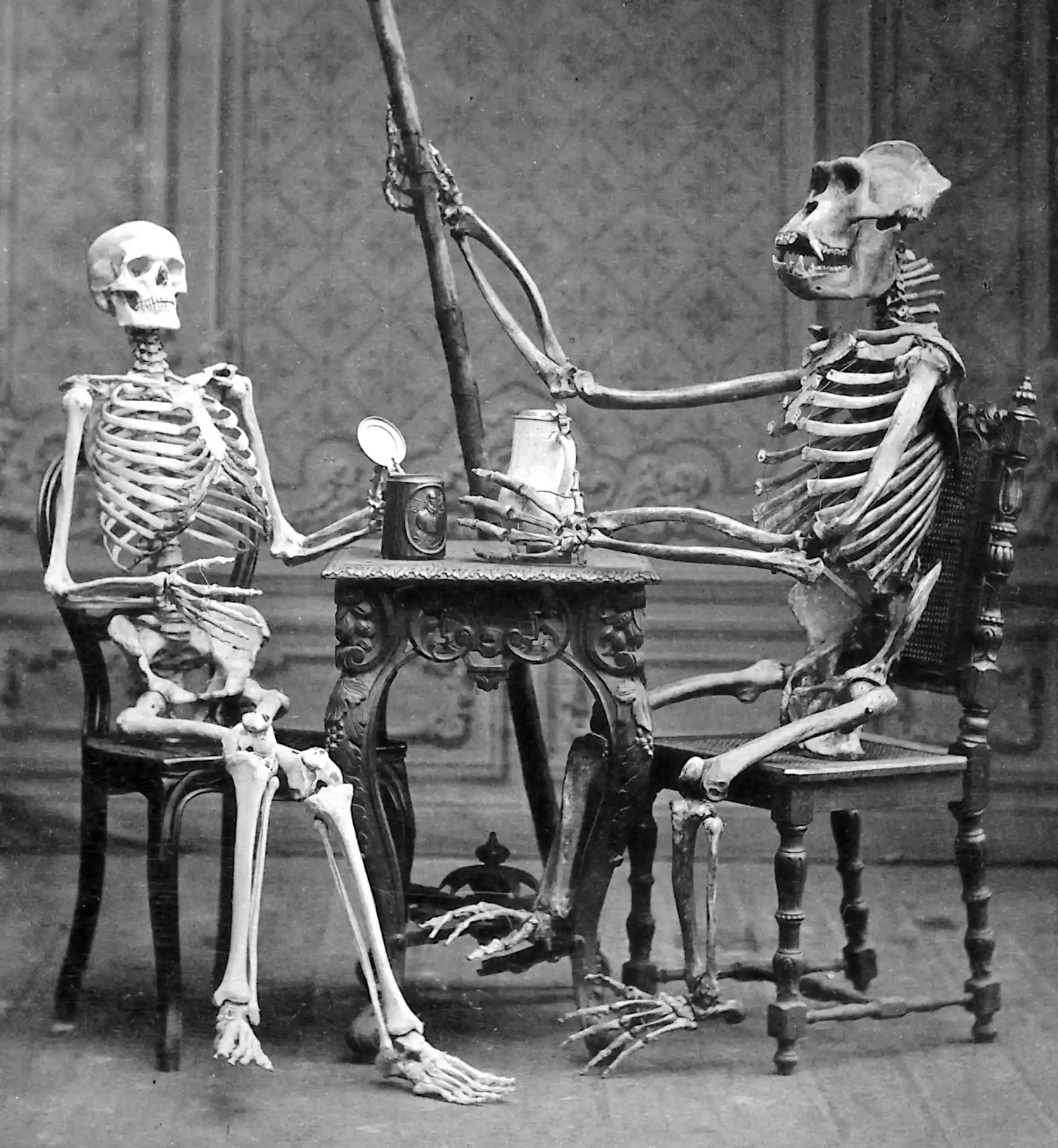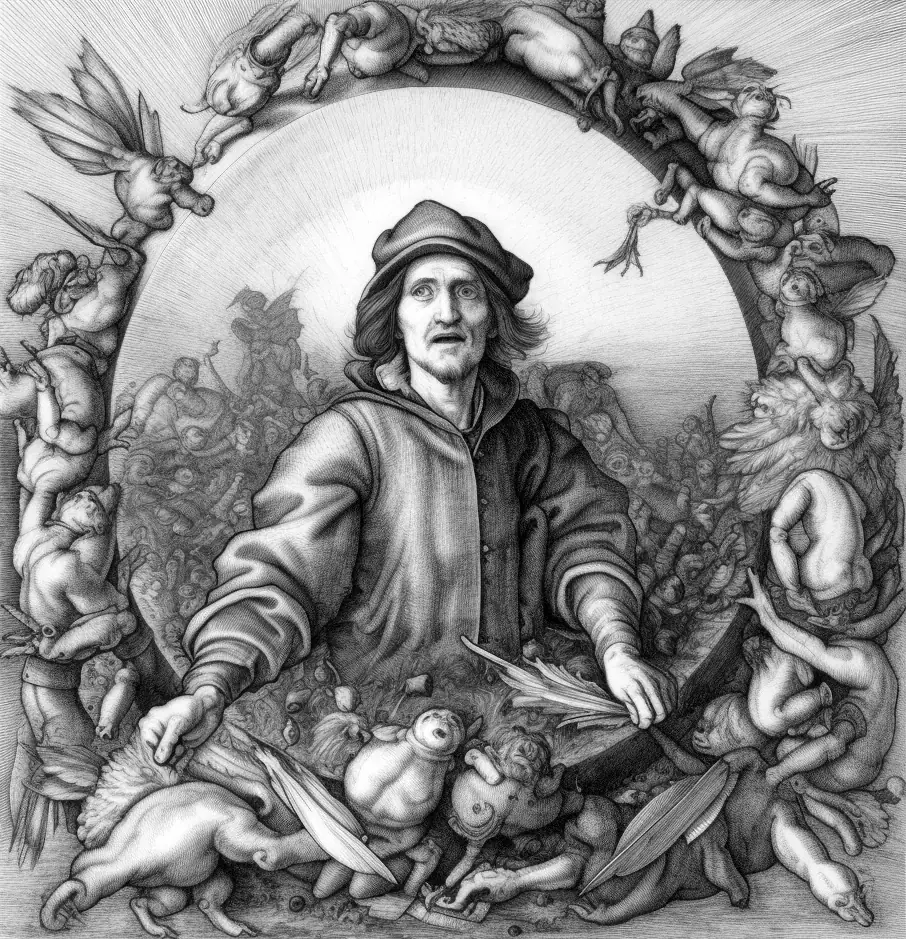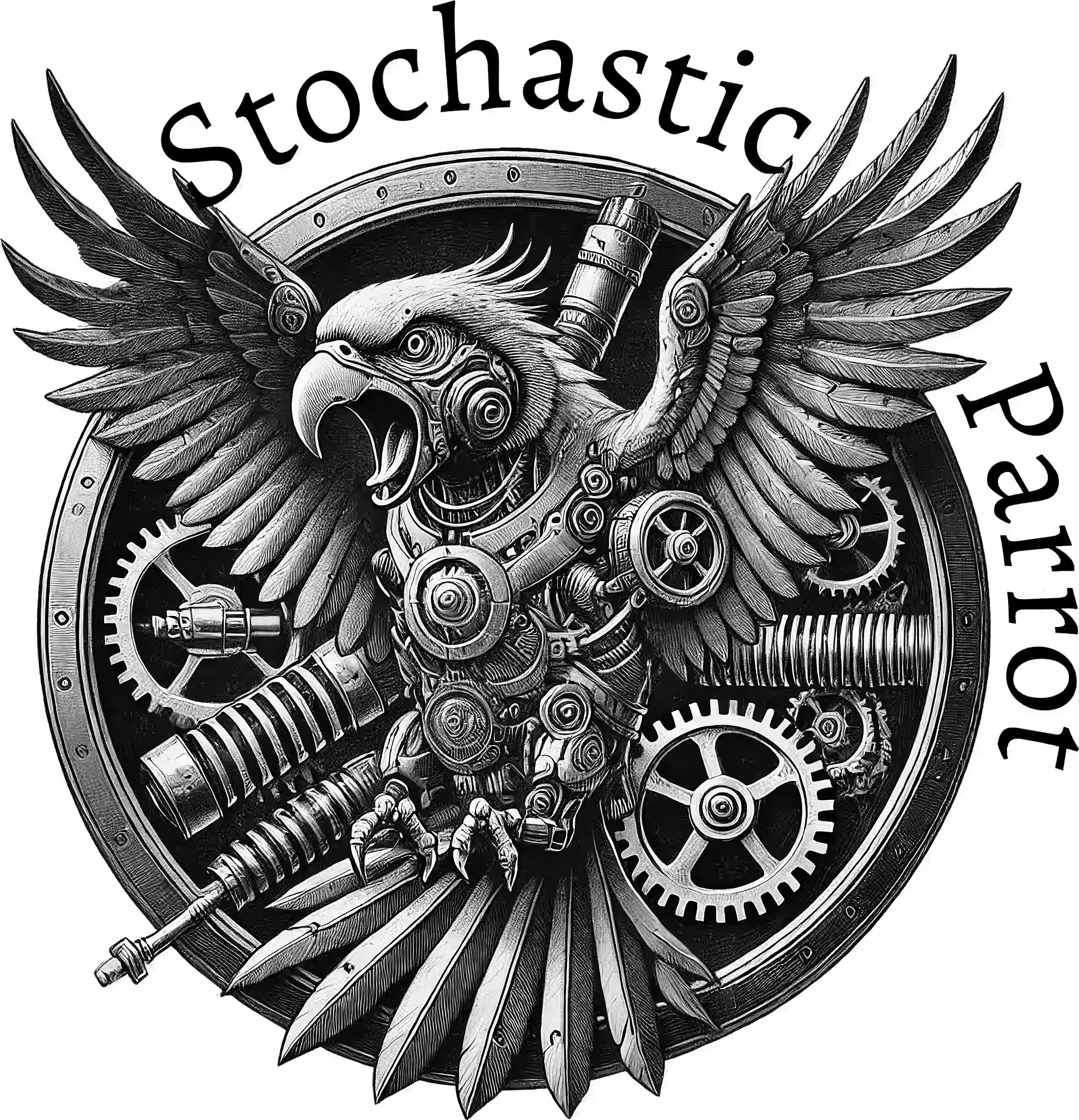Acemoglu, and Ozdaglar. 2011.
“Opinion Dynamics and Learning in Social Networks.” Dynamic Games and Applications.
Axelrod, Robert, and Hamilton. 1981.
“The Evolution of Cooperation.” Science, New Series,.
Beaulieu, Frati, Miconi, et al. 2020.
“Learning to Continually Learn.”
Beretta. 2020.
“The Fourth Law of Thermodynamics: Steepest Entropy Ascent.” Philosophical Transactions of the Royal Society A: Mathematical, Physical and Engineering Sciences.
Bieniawski, and Wolpert. 2004.
“Adaptive, Distributed Control of Constrained Multi-Agent Systems.” In
Proceedings of the Third International Joint Conference on Autonomous Agents and Multiagent Systems-Volume 3.
Bowles, Choi, and Hopfensitz. 2003.
“The Co-Evolution of Individual Behaviors and Social Institutions.” Journal of Theoretical Biology.
Boyd, Robert, and Richerson. 1999. “Complex Societies: The Evolutionary Origins of a Crude Superorganism.” Human Nature.
Dafoe, Allan, Hughes, Bachrach, et al. 2020.
“Open Problems in Cooperative AI.”
Dennett. 1996. Darwin’s Dangerous Idea: Evolution and the Meanings of Life.
———. 2017. From Bacteria to Bach and Back: The Evolution of Minds.
Gintis, Bowles, Boyd, et al. 2003.
“Explaining Altruistic Behavior in Humans.” Evolution and Human Behavior.
Gopnik. 2020.
“Childhood as a Solution to Explore–Exploit Tensions.” Philosophical Transactions of the Royal Society B: Biological Sciences.
Hazlett. 2013. A Luxury of the Understanding: On the Value of True Belief.
Hertz, Romand-Monnier, Kyriakopoulou, et al. 2016.
“Social influence protects collective decision making from equality bias.” Journal of Experimental Psychology. Human Perception and Performance.
Hoelzemann, and Klein. 2021.
“Bandits in the Lab.” Quantitative Economics.
Hoffman, and Prakash. 2014.
“Objects of consciousness.” Frontiers in Psychology.
Hoffman, Singh, and Prakash. 2015.
“The Interface Theory of Perception.” Psychonomic Bulletin & Review.
Jaques, Lazaridou, Hughes, et al. 2019.
“Social Influence as Intrinsic Motivation for Multi-Agent Deep Reinforcement Learning.” In
Proceedings of the 36th International Conference on Machine Learning.
Judson. 2017.
“The Energy Expansions of Evolution.” Nature Ecology & Evolution.
Krakauer, Page, and Erwin. 2009.
“Diversity, Dilemmas, and Monopolies of Niche Construction.” The American Naturalist.
Lang, Fisher, Mora, et al. 2014.
“Thermodynamics of Statistical Inference by Cells.” Physical Review Letters.
Mandelbrot. 1962.
“The Role of Sufficiency and of Estimation in Thermodynamics.” The Annals of Mathematical Statistics.
Mark, Marion, and Hoffman. 2010.
“Natural Selection and Veridical Perceptions.” Journal of Theoretical Biology.
McElreath, and Boyd. 2007. Mathematical Models of Social Evolution: A Guide for the Perplexed.
Mercier, and Sperber. 2011a.
“Argumentation: Its Adaptiveness and Efficacy.” Behavioral and Brain Sciences.
Moral Sentiments and Material Interests: The Foundations of Cooperation in Economic Life. 2006.
Morowitz, and Smith. 2007.
“Energy Flow and the Organization of Life.” Complexity.
O’Connor. 2017.
“Evolving to Generalize: Trading Precision for Speed.” British Journal for the Philosophy of Science.
Omohundro. 2008.
“The Basic AI Drives.” In
Proceedings of the 2008 Conference on Artificial General Intelligence 2008: Proceedings of the First AGI Conference.
Perunov, Marsland, and England. 2016.
“Statistical Physics of Adaptation.” Physical Review X.
Pfeffer, and Gal. 2007.
“On the Reasoning Patterns of Agents in Games.” In
AAAI-07/IAAI-07 Proceedings. Proceedings of the National Conference on Artificial Intelligence.
Poole, Lahiri, Raghu, et al. 2016.
“Exponential Expressivity in Deep Neural Networks Through Transient Chaos.” In
Advances in Neural Information Processing Systems 29.
Prakash, Fields, Hoffman, et al. 2020.
“Fact, Fiction, and Fitness.” Entropy.
Prakash, Stephens, Hoffman, et al. 2021.
“Fitness Beats Truth in the Evolution of Perception.” Acta Biotheoretica.
Schneider, and Kay. 1994. “Life as a Manifestation of the Second Law of Thermodynamics.” Mathematical and Computer Modelling.
Sperber, and Mercier. 2012.
“Reasoning as a Social Competence.” In
Collective Wisdom.
Still, Sivak, Bell, et al. 2012.
“Thermodynamics of Prediction.” Physical Review Letters.
Székely, and Rizzo. 2017.
“The Energy of Data.” Annual Review of Statistics and Its Application.
Tennant, Hailes, and Musolesi. 2023.
“Modeling Moral Choices in Social Dilemmas with Multi-Agent Reinforcement Learning.” In
Proceedings of the Thirty-Second International Joint Conference on Artificial Intelligence.
Thagard. 1997. “Collaborative Knowledge.” Noûs.
Weng, Flammini, Vespignani, et al. 2012.
“Competition Among Memes in a World with Limited Attention.” Scientific Reports.
Wolpert, David H. 2006a. “Advances in Distributed Optimization Using Probability Collectives.” Advances in Complex Systems.
Wolpert, David H. 2008.
“Physical Limits of Inference.” Physica D: Nonlinear Phenomena, Novel Computing Paradigms: Quo Vadis?,.
Wolpert, David H. 2018.
“Theories of Knowledge and Theories of Everything.” In
The Map and the Territory: Exploring the Foundations of Science, Thought and Reality.
Wolpert, David H, Bieniawski, and Rajnarayan. 2011. “Probability Collectives in Optimization.”
Wolpert, David H., and Tumer. 1999.
“An Introduction to Collective Intelligence.” arXiv:cs/9908014.
Zhuang, and Hadfield-Menell. 2021.
“Consequences of Misaligned AI.”


